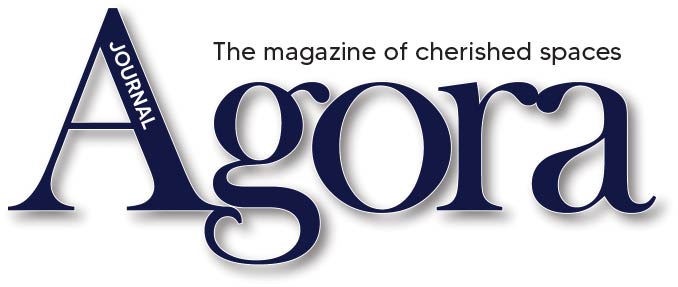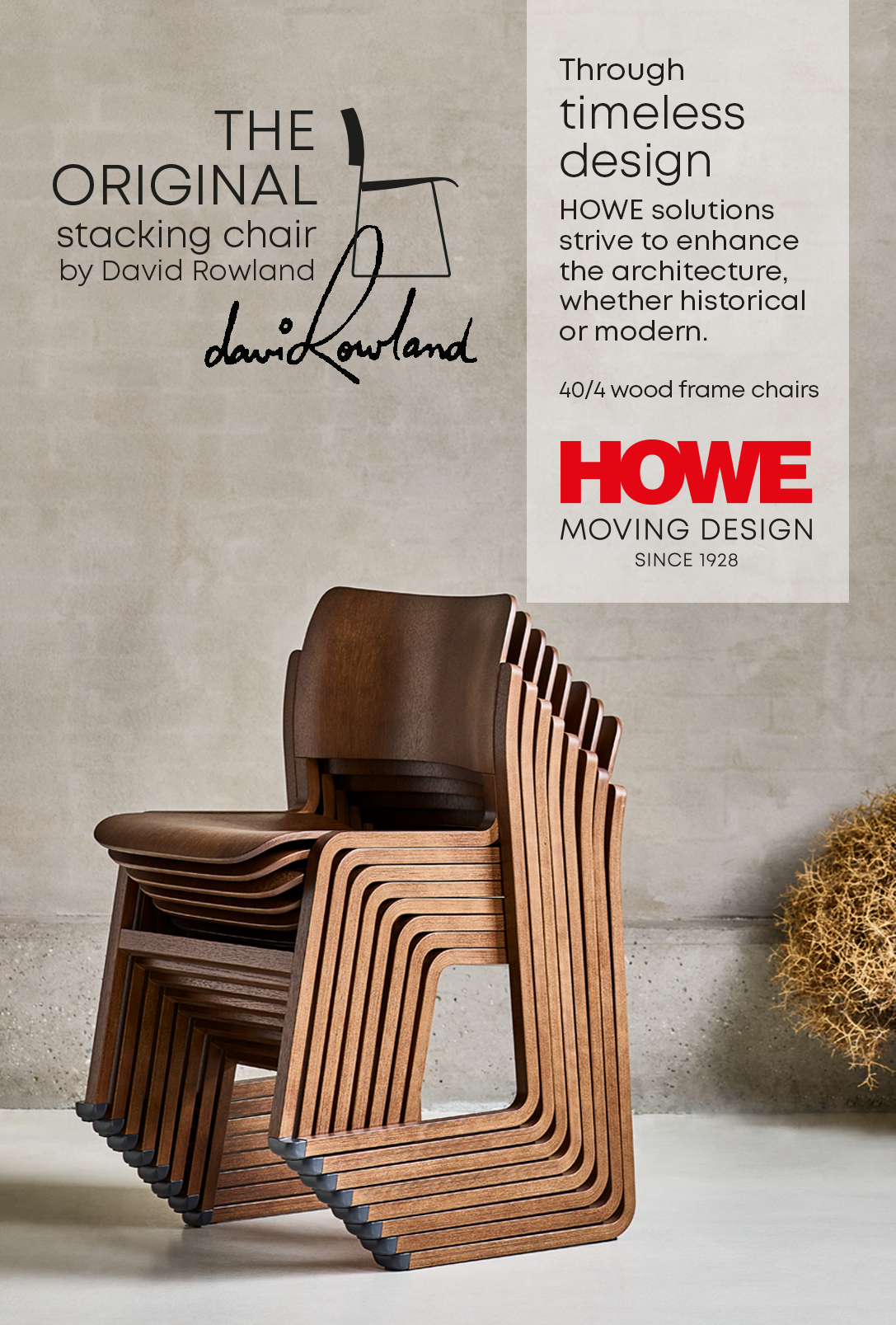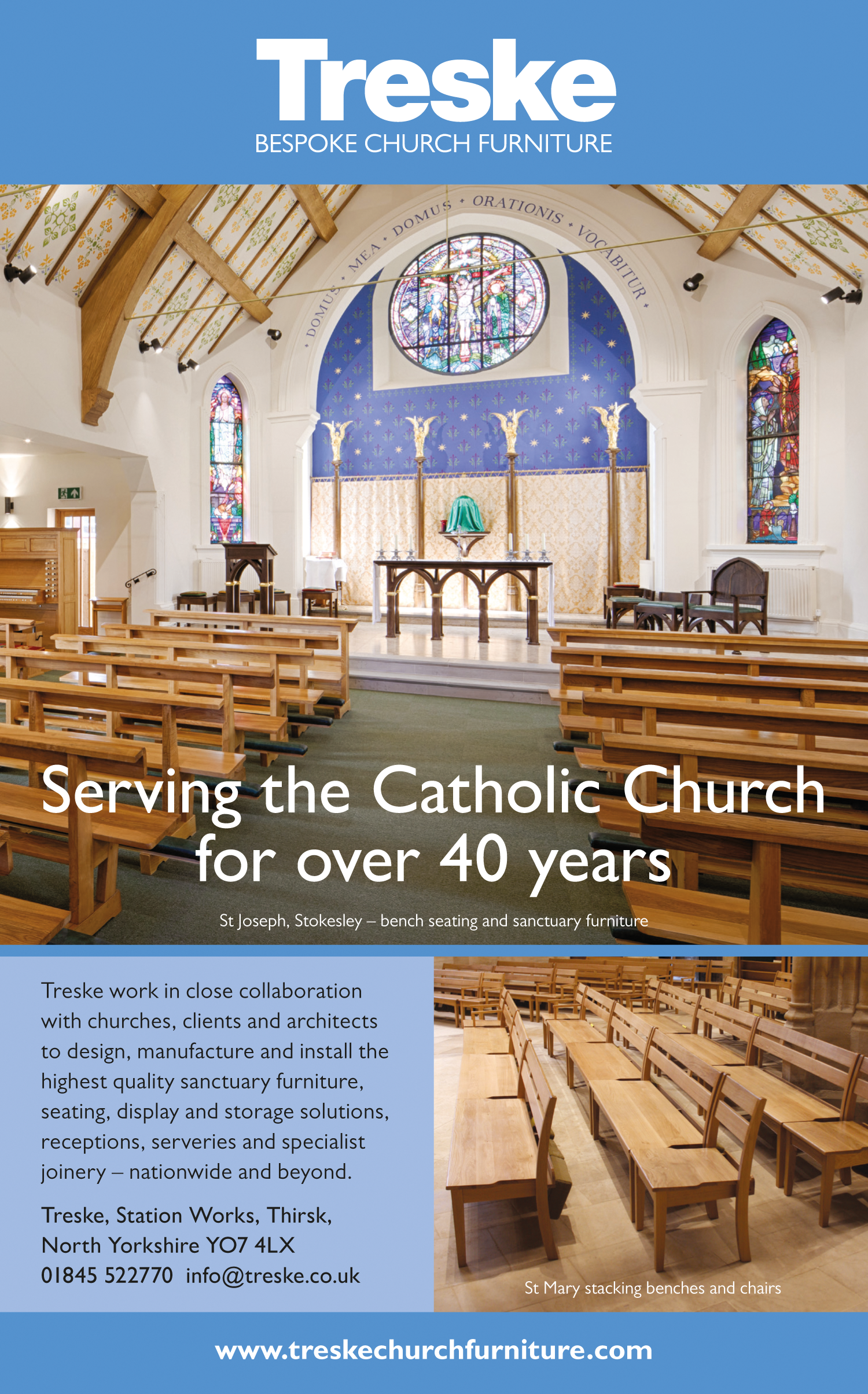When Sir Alfred Bernard Lovell built his world-changing telescope at Jodrell Bank in the late 1940s, he could never have imagined that the complex metal structure would become Grade I listed, nor could he have guessed that the rambling complex of buildings would eventually achieve World Heritage Site status.
Lovell’s Mark I telescope was actually listed back in 1988, and was one of the first modern utilitarian structures to be given such permanent protection. (The Jodrell Bank site is one of the earliest for radio-telescopes in the world, dating from when radio astronomy started immediately after the Second World War.)
In 2017, on the 60th anniversary of The Lovell’s ‘first light’, the point at which it was first used to collect radio signals from the universe, the Department for Digital, Culture, Media and Sport announced the listing of a further six structures on the Jodrell site – the Mark II telescope, The Park Royal Building, The Electrical Workshop, the Link Hut, the later Control Building and the Remains of the 71MHz Searchlight Aerial.
Having visited the site on a number of occasions, I can understand the importance of these structures, their historic role in creating links between ground-breaking radar technology developed in wartime and the new fields of research that began to place mankind in the context of the wider universe. Nestling between the soft folds of the Cheshire countryside, there’s even a certain aesthetic beauty in these delicate, yet magnificent, web-like structures and their surrounding infrastructures. But Grade I listing?
The listing of buildings and other structures has ever been a matter of controversy and heated debate. A few decades ago I had the great privilege to serve as a lay advisor on the Historic Buildings Commission of CADW, the heritage body for Wales. Lay experts like myself were brought in to help monitor and oversee the work of the Commission, which CADW felt was in need of external influence and guidance.
During my five year term I gained a wealth of knowledge from some of Wales’ leading architects and restoration experts, and visited a wide range of structures and sites across Wales that had come to the attention of the Commission, from well-established projects to endangered building in urgent need of ‘spot’ listing.
One of the concerns I expressed regularly was that ‘spot’ listing in particular served to ‘freeze’ endangered buildings, but there was no subsequent funding available to support the owner, who had been left with expensive and strict new criteria for preserving the newly listed structure. Needless to say this process often created severe tensions between landowner and visiting Commission members.
Whilst the Commission prevented some landowners from ruthlessly bulldozing history, it also grappled uncomfortably with the dilemna of its ever-expanding list of protected properties, and the unsupported burden this was placing on so many co-operative owners.
I joined the Commission at a point when the criteria for listing was already under pressure, and the established definitions of ‘historic’ and ‘heritage’ were being challenged severly.
Personally I have always found churches and community buildings fascinating, but vast country homes leave me somewhat cold, and there was certainly no way you were ever going to convince me to save an 18th century circular pig sty! On the other hand, the chance to lobby for the preservation of outdoor lidos, old cinemas and railway buildings became a passion during my time on the Commission.
The more academic and experienced members were courtesy personified, but on more than one occasion it was suggested that the influx of new lay members was “lowering the bar”, making the criteria far too broad, creating new pressures on already hugely limited funding and diverting attention and available resources from more important properties.
Maybe that was right, but time moves on, and history and heritage moves with it. English Heritage still receives several thousand proposals for ‘spot’ listing every year and increasingly these are what most of us would describe as ‘modern’ buildings.
Like it or not, the old perception that history only commences after several hundred years is long gone, and the public perception of ‘heritage’ is fast being replaced by an obsession with ‘nostalgia’.
Most experts agree that we have probably accounted for all known truly historic buildings in the UK, and the focus now is on far newer properties and structures coming in to the heritage category. Of itself this changes fundamentally the whole rationale of importance, as well as the mechanics and materials of preservation.
On this I must confess some newfound sympathy with my old Commission colleagues – Jodrell Bank, for instance, is historically significant, and ought to be preserved, but I’m struggling to see how telescopes and concrete laboratories form part of our great built heritage. That said, perhaps it was precisely the likes of our ‘lay’ interventions that helped open this Pandora’s Box?
I remain a devout advocate of preserving popular heritage – whilst historic private properties may tolerate some limited, consumer-focused public access, the preservation of popular public and heritage buildings means they invariably return to their original function as public spaces offering clear benefits to, and positive interactions with, their surrounding community.
Over the coming years the pace of listing requests is only expected to increase rapidly, as many of the mass-build structures of the Baby boom years come to the end of their normal lives, including many concrete and steel churches. With government funding under severe pressure in the post-pandemic world, the issue of which newly-significant architecture we preserve and which we relinquish is going to be a difficult and challenging dilemma.
Picture: Opened late 2021, Jodell Bank’s transformative First Light Pavillion, designed by internationally acclaimed architects HASSELL Studio, includes a gallery telling the story of Jodrell Bank, an immersive projection space and auditorium, and a new education hub and cafe.
Joseph Kelly is an architectural writer and founding editor of Agora Journal






